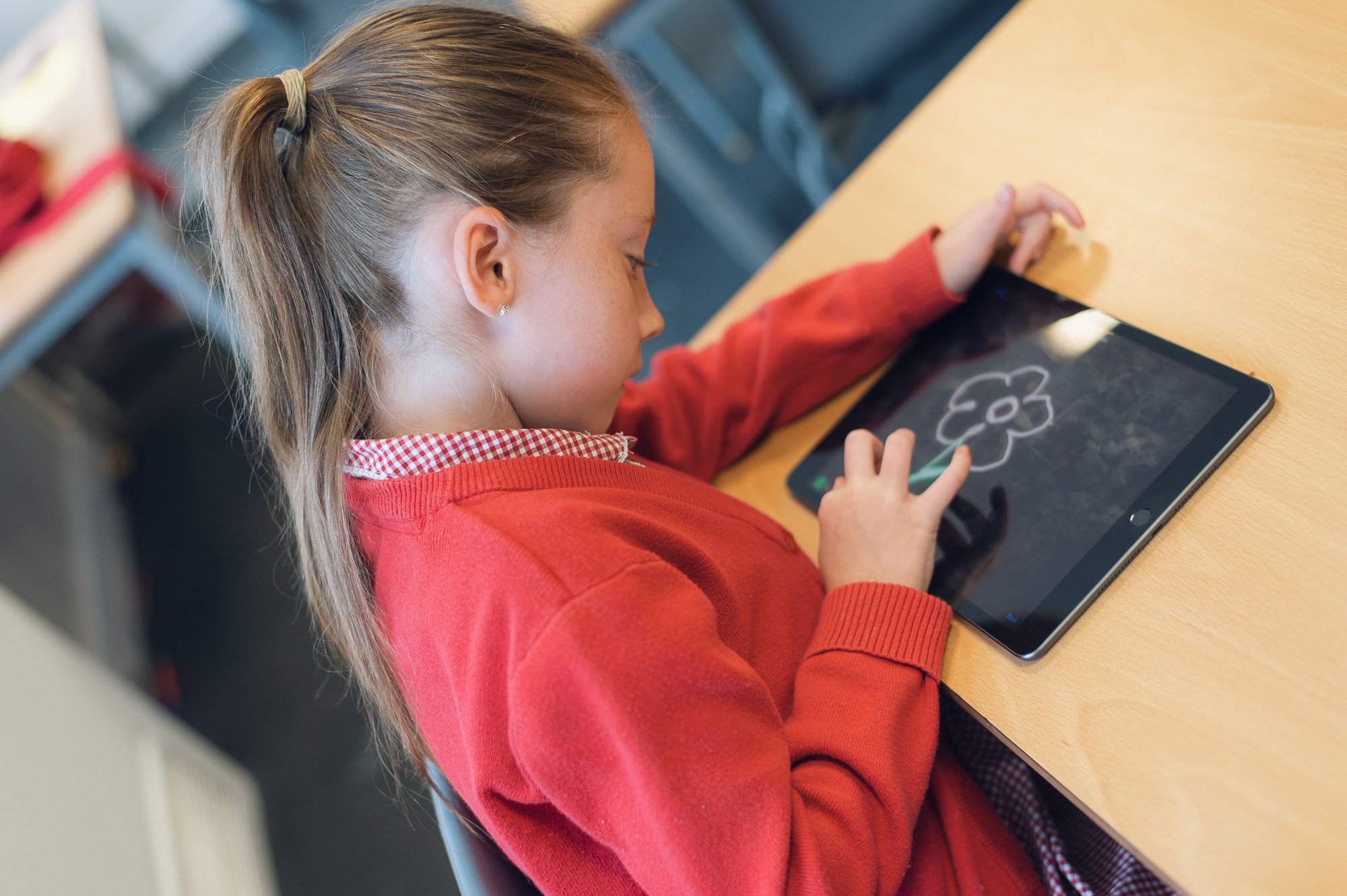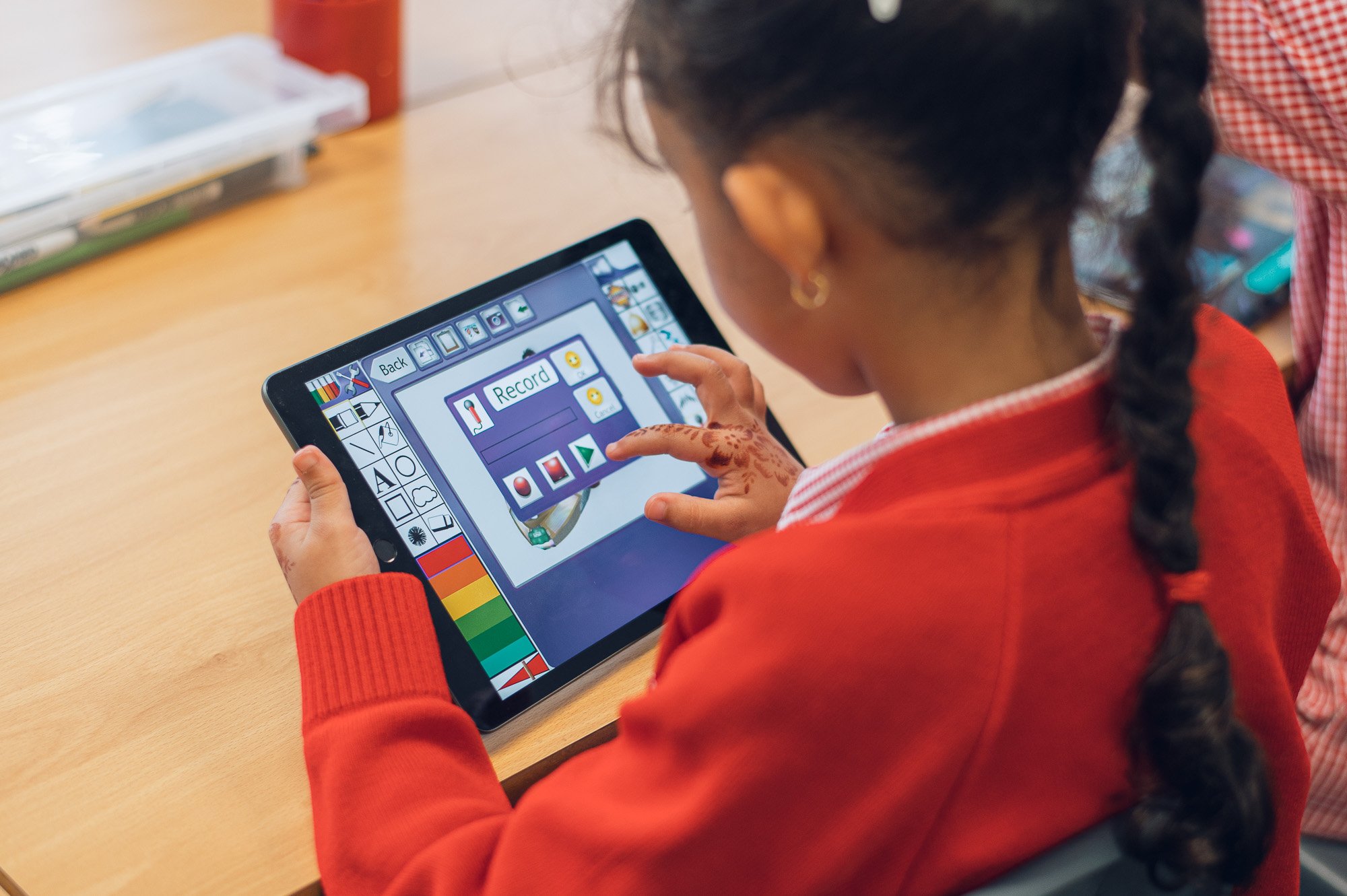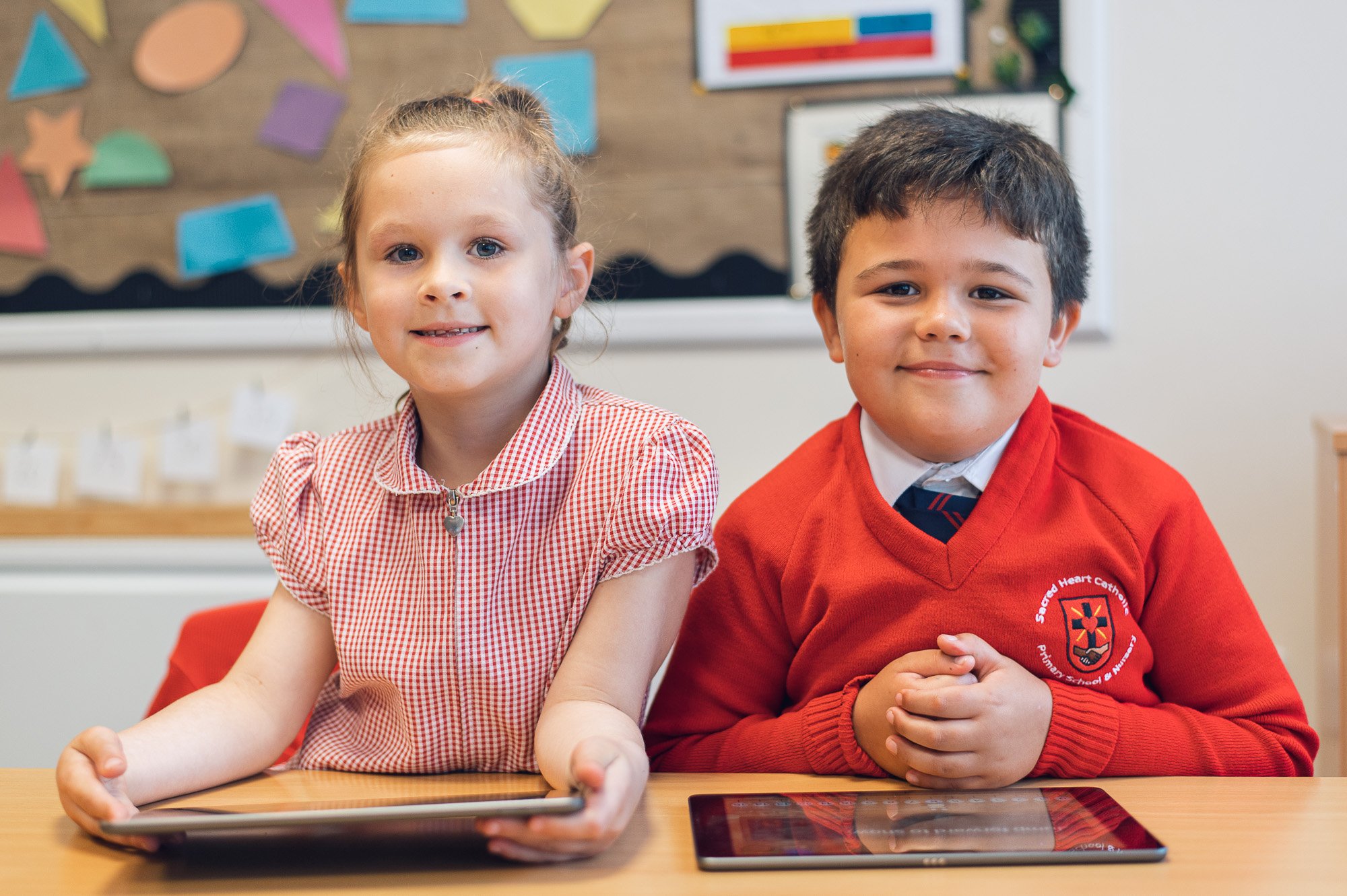
Design and Technology
Design and Technology
at Sacred Heart Primary School
Design and technology skills are at the heart of a world developing, looking for independent, creative problem solvers. The intent of design and technology for us is to prepare our children for a world that values these characteristics in our learners and designers. We endeavour to instil these skills in our children by giving them problems, and the means to explore and solve them in their own way. Children will delve deep into the intricacies of the three stages of that process; research and design, making, evaluating.
Children will be exposed to a huge range of projects including wood working, fabric and textiles, computer aided design, and many more. Children will respond creatively and independently to these projects, and be able to create projects that they are proud of.
DT Intent:
Design and technology skills are at the heart of a world developing, looking for independent, creative problem solvers. The intent of design and technology for us is to prepare our children for a world that values these characteristics in our learners and designers. We endeavour to instil these skills in our children by giving them problems, and the means to explore and solve them in their own way. Children will delve deep into the intricacies of the three stages of that process; research and design, making, evaluating.
Children will be exposed to a huge range of projects including wood working, fabric and textiles, computer aided design, and many more. Children will respond creatively and independently to these projects, and be able to create projects that they are proud of. Our key intent for Design and Technology will be:
Cultural Capital- Children will have the chance to explore a high quality curriculum that facilitates exploring a wide variety of artists, inventors and designers from across the world.
Problem Solving- Our design and technology curriculum will facilitate problem solving in the way it is designed, to ensure that children can respond to design briefs and solve problems with their own designs.
Creativity- Children will be allowed to experiment and create using a wide variety of materials that they will encounter through their time at Sacred Heart. Vocabulary- Children will learn and use a wide range of vocabulary that will develop their understanding of key terms relating to the world around them, and subject specific vocabulary. This can be found on our website section.
Equal opportunities- Children will all have access to a range of opportunities to engage with new technology and the removal of barriers to learning for all of our children regardless of their experience and starting points within Art.
DT implementation
We have broken our DT curriculum into several main strands, taken from the national curriculum.
Generating and communication ideas- This domain focuses on the children’s ability to create and communicate how including how to design their own products. Children will explore how to communicate their own ideas in a range of ways, including plans, evaluations, and presentations.
Planning- This strand focuses on developing children’s ability to plan out their own work for the future. This includes planning materials and their uses, as well as their next steps.
Practical skills and techniques- In this domain, children will learn how to use a range of tools and materials, from woodworking with saw and waterproofing to electrical materials, or recycled materials.
Creating- This domain focuses on the skills needed to create, such as measuring and cutting. Children will build up skills of resourcefulness and resilience as they face problems during the creative process.
Evaluation- children focus on developing their knowledge and skills of effective evaluation of products; whether that is modern day products to their own or peers. They practice how to communicate and give constructive criticism.
Our DT scheme, adapted from the DT Association’s Projects on a Page, has clear progression of skills and knowledge within our curriculum, as well as further enrichment to our curriculum through local opportunities. Our progression of skills and knowledge shows the skills taught in all of the different year groups and how these are developed across the year to ensure that attainments targets are met in the progression of key DT skills.
Our policies clearly show how our DT curriculum covers the national curriculum attainment targets as well. Our curriculum supports this through its spiral design, where we regularly revisit and develop key concepts, skills and knowledge to ensure retention and development of complexity of these ideas. For instance, the idea of using correct observed colours in painting to expression of emotions through colour in surrealism.
In addition, our curriculum develops these skills from the foundation stages. Our children at all ages regularly interact and get to use technology in a range of activities. These work towards the Early Learning Goals of our children, and enrich their own experience of technology from a young age.
Our curriculum also incorporates cross-curricular links in all subjects. Children will throughout the curriculum make strong links with Art, including using a range of artistic mediums, and expressions, throughout all subjects. This ensures that children have an appreciation for how DT enriches our lives on the daily basis.
To achieve all of this, our DT teaching includes a range of strategies from declarative to substantive knowledge. We ensure that our lessons are engaging and appeal to those with a variety of learning styles. We ensure that all our of our children meet each problem adapted to themselves so that they can challenge and stretch their own learning. We regularly audit our staff and pupil’s voice to continually develop, and guide how our curriculum changes.
we aim to enable all children to achieve to their full potential. This includes children of all abilities, social and cultural backgrounds, those with SEND and EAL speakers. We place particular emphasis on the flexibility technology brings to allowing pupils to access learning opportunities, particularly pupils with SEN.
DT impact:
The impact of our curriculum is continually monitored through pupil voice, formative and summative assessment. We use a range of teacher assessment tools to monitor our children’s progress in art. Children are also encouraged to assess their, and their peers, work continually.
Each lesson includes opportunities for teachers to assess the children’s learning, and we regularly use a variety of assessment methods to monitor what children have learned and retained. There are ample opportunities for children to record their learning in a variety of ways from quizzes to presentation to others. Our children leave our school equipped with a variety of skills and the knowledge of how to use them.
Overview









